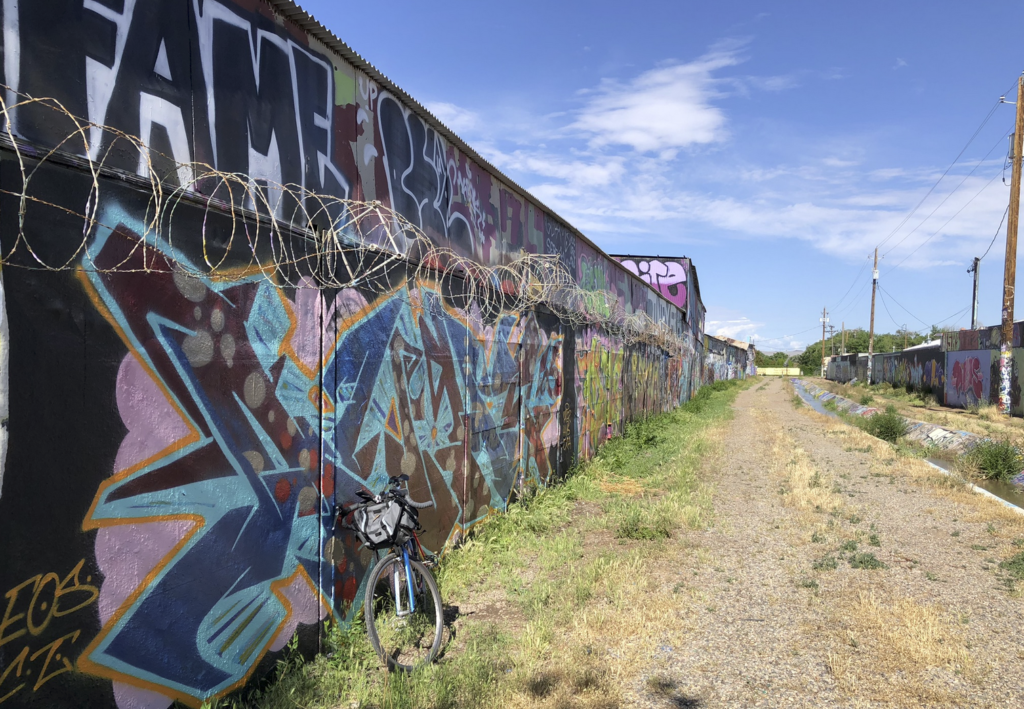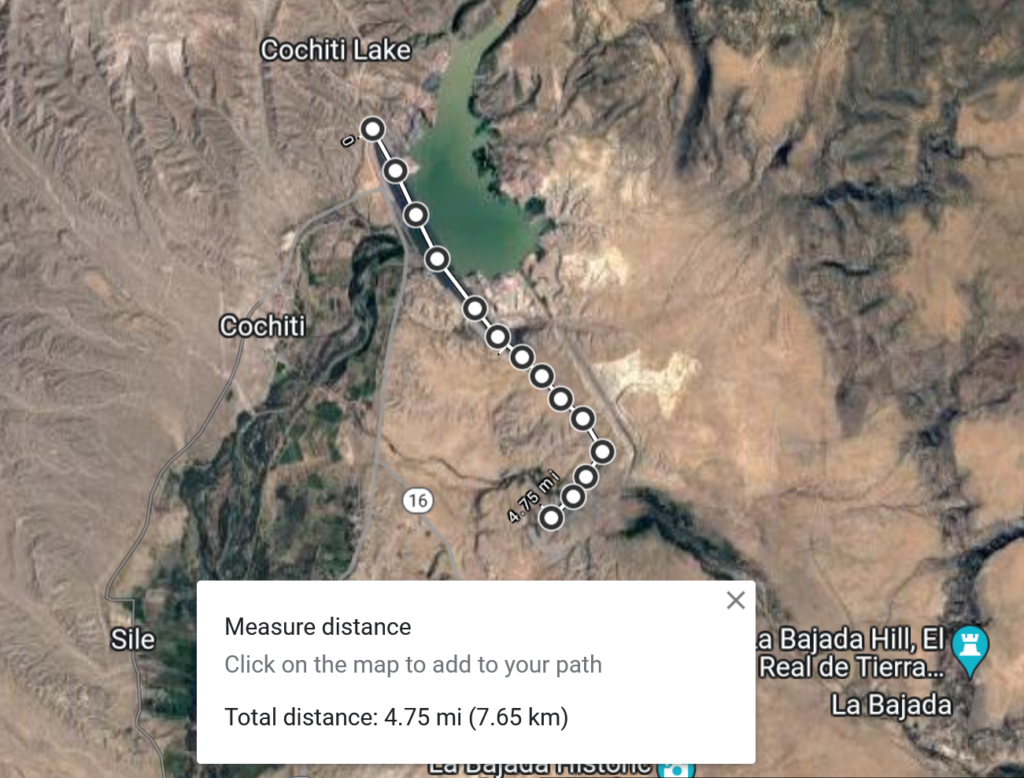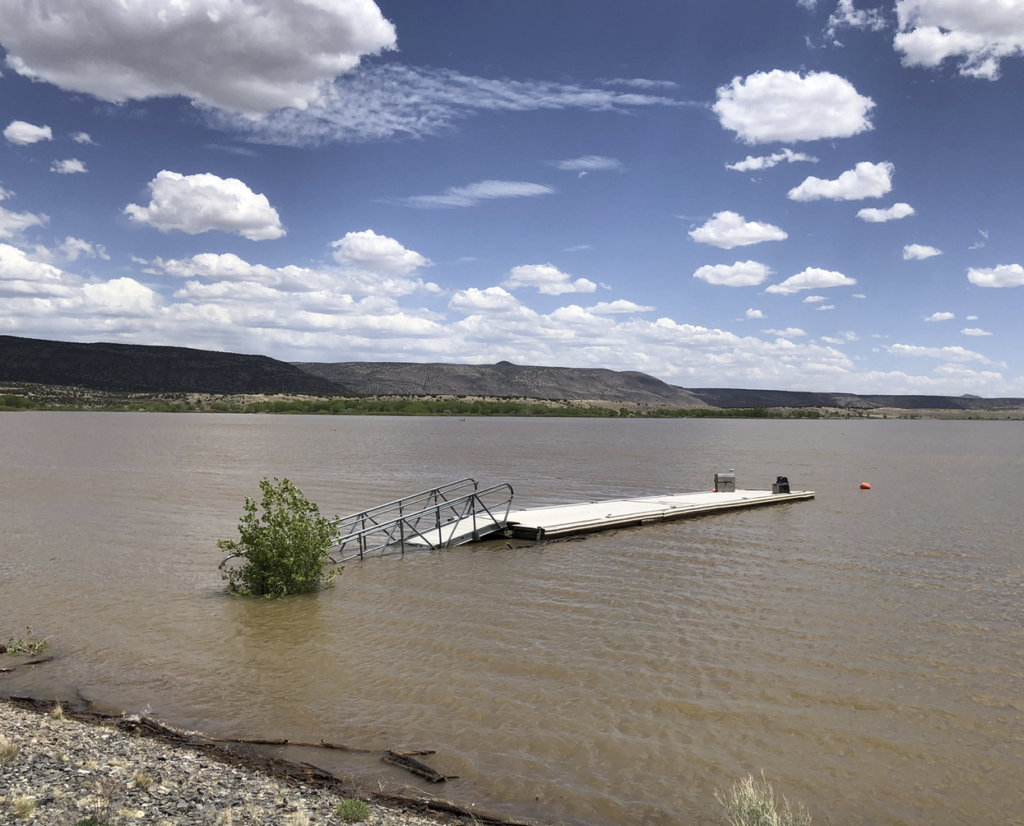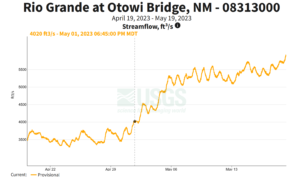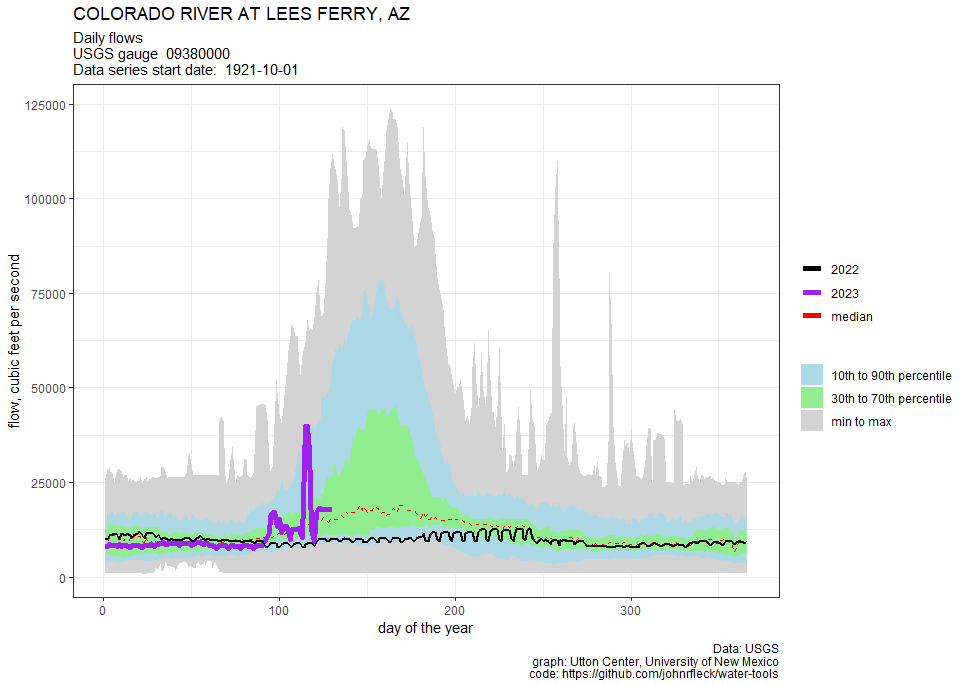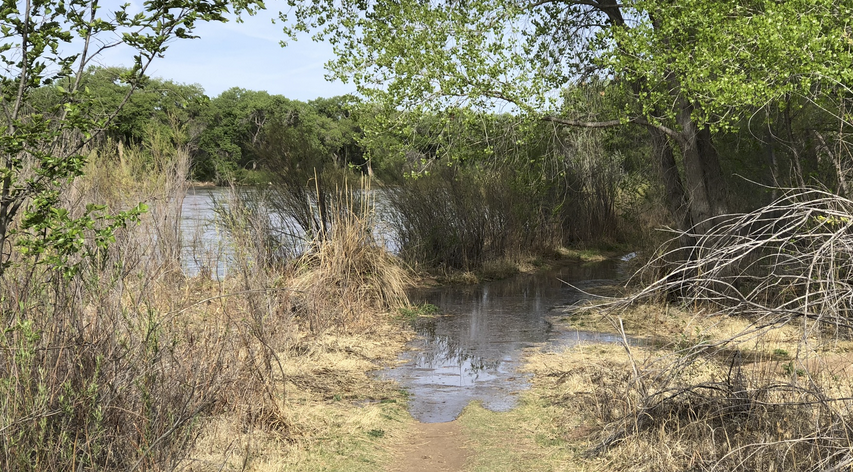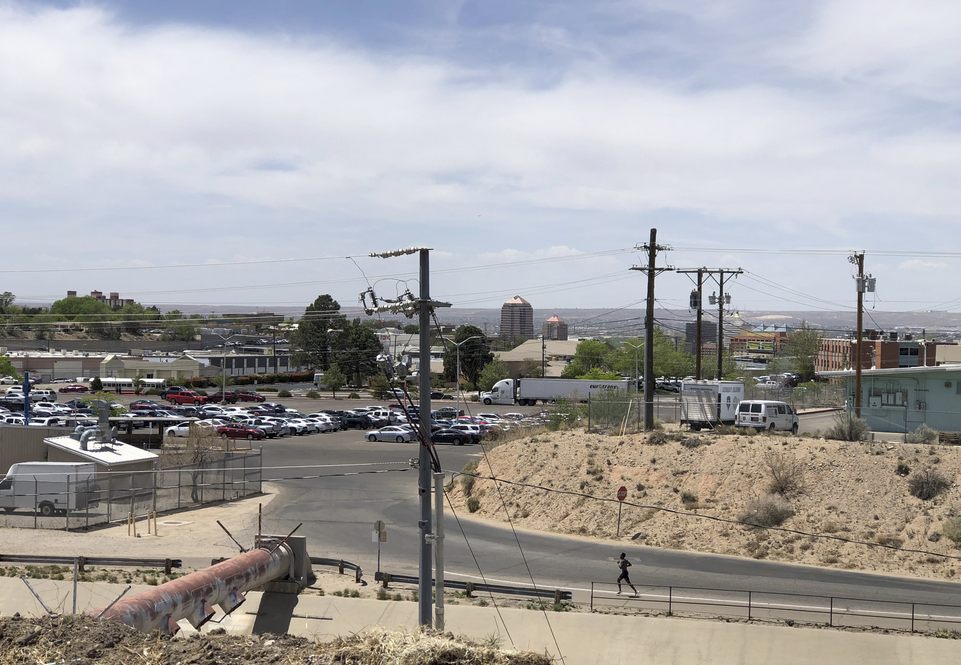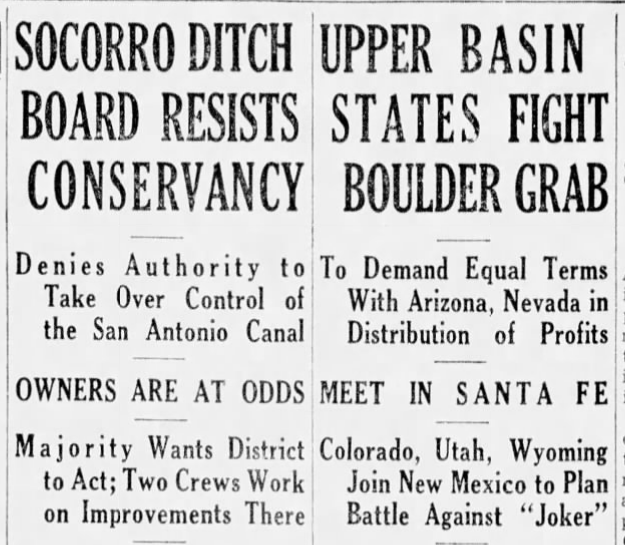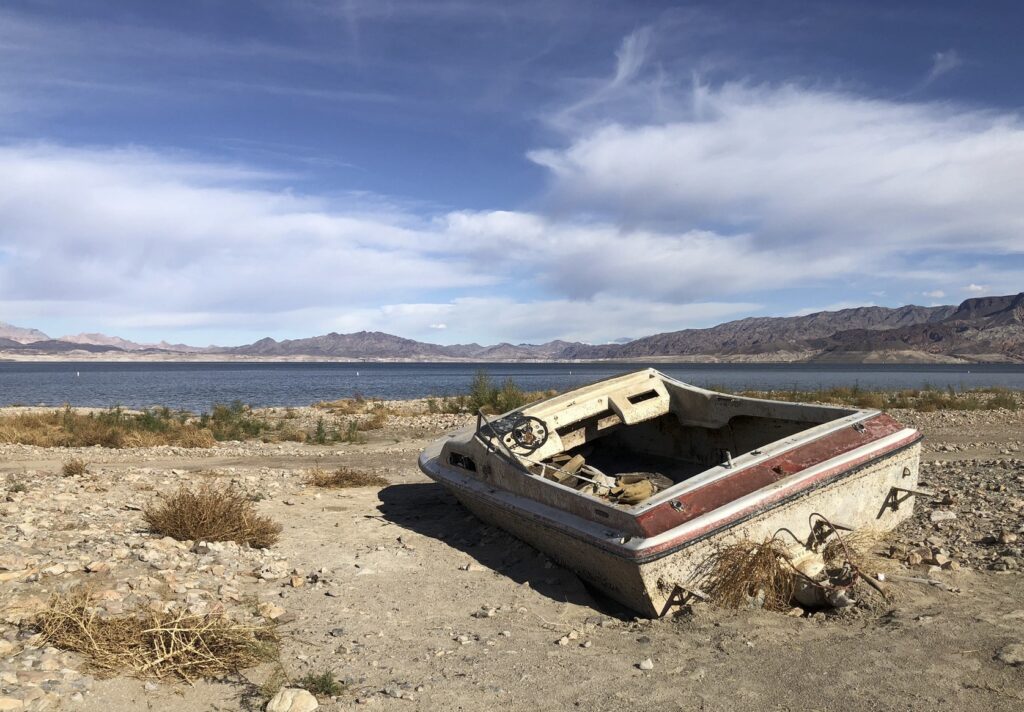
Nice boat ya got there, would be a shame if somethin’ happened to it.
This feels like a shakedown.
Nice river basin ya’ got there. Would be shame if somethin’ happened to it.
For decades, Lower Colorado River water users have been taking more water than the river can provide, threatening their own communities’ futures. Unable to come up with a plan to live within their water means, they’re now asking us to pay them to not crash the system on which we all depend.
The shakedown comes in the form of a letter this morning from California, Arizona, and Nevada to the Department of Interior laying out an agreement that would (as near as I can tell, the letter is light on details) reduce water use in the Lower Basin by 3 million acre feet above and beyond already agred-upon cuts (the 2007 Guidelines and Drought Contingency Plan) between now and 2026, with the bulk of those reductions to be compensated with federal money.
Some good things in the proposal
I’ve been putting off reporters today, saying I didn’t want to comment without seeing more detail on the proposal’s water numbers. I stand by that hesitancy. It’s hard to know if the cuts will be enough to accomplish what needs to be accomplished. But there’s some language that is encouraging.
First, the proposal includes a helpful “what if” – if the hydrology is bad and the cuts aren’t enough, the states will come up with “an implementable plan” to keep Mead above elevation 1,000. “If such an acceptable plan, as determined by Reclamation, is not developed, Reclamation may independently take action(s) to protect 1,000 feet.”
But I hope you can see the weirdness here. “If we can’t figure out how to save ourselves from our overuse of water, we give Reclamation permission to save us.”
Second, if the hydrology is bad enough to risk dropping Powell below elevation 3,500, the states are cool with Reclamation dropping releases from Powell as low as 6 million acre feet. Sorta. “If we can’t figure out how to reduce our use enough to save Glen Canyon Dam, we give Reclamation permission to go ahead and save it anyway.”
Other People’s Money, Other People’s Values
In the fall class Bob Berrens and I teach in the University of New Mexico’s Water Resources Program, we have a common refrain in discussion of the students’ suggestions for dealing with water shortfalls: “That sounds like a great idea, how are you going to pay for it?” The answer is invariably state or federal money – “other people’s money”, not the money of the community benefitting from the use of the water and suffering the consequences of shortages.
We spend a lot of time talking about the tradeoff. When you take other people’s money, you also have to accept other people’s values.
Here’s the pertinent language from today’s letter from California, Arizona, and Nevada:
System Conservation up to 2.3 MAF will be federally compensated under Pub. L. 117-169 Inflation Reduction Act Title V, Subtitle B, Part 3 “Drought Response and Preparedness” Section 50233 “Drought Mitigation in the Reclamation States” (IRA Funding).
There seems to be $1.2 billion of that IRA money on the table here, according to the New York Times story.
That’s the shakedown. If you don’t pay us a big pile of federal cash, we’ll just run Lake Mead to deadpool. Or, alternatively, if you don’t pay us a big pile of federal cash, we’ll drag the Colorado River Basin into litigation that will make the river ungovernable, a sort of institutional deadpool. Either way, it’s a shakedown.
There’s nothing here that is any sort of a nod to what we might expect from the Lower Basin in return for our largesse other than, “If you pay us, we won’t crash the thing.”
The Dangerous Precedent
I am sympathetic to the water users whose entitlements were ensured under Article VIII of the Colorado River Compact: “Present perfected rights to the beneficial use of waters of the Colorado River System are unimpaired by this compact.”
This is an important protection for Tribal water rights, and also some of the big ag districts. Great! Let the Lower Basin’s junior users work out a deal with the pre-compact rights holders to move that water around. Let’s see a QSA for Arizona. Let’s see QSA II for California. Show us your plan to live within your means, other than “Pay us to live within our means.”
The approach in the Lower Basin states letter – have the federal taxpayers pick up the tab rather than the people who’ve created the mess – sets a dangerous precedent for our approach in the post-2026 Colorado River management world.

